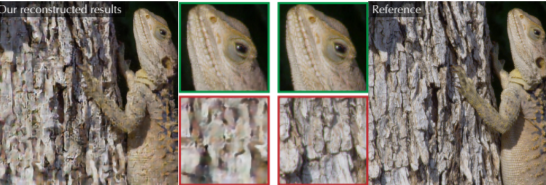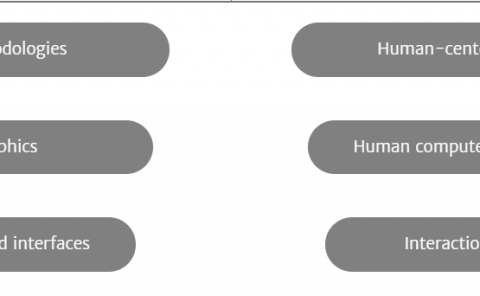DeepFovea: Neural Reconstruction for Foveated Rendering and Video Compression using Learned Statistics of Natural Videos
PubDate: November 18, 2019
Teams: Facebook
Writers: Anton S. Kaplanyan, Anton Sochenov, Thomas Leimkühler, Mikhail Okunev, Todd Goodall, Gizem Rufo

Abstract
In order to provide an immersive visual experience, modern displays require head mounting, high image resolution, low latency, as well as high refresh rate. This poses a challenging computational problem. On the other hand, the human visual system can consume only a tiny fraction of this video stream due to the drastic acuity loss in the peripheral vision. Foveated rendering and compression can save computations by reducing the image quality in the peripheral vision. However, this can cause noticeable artifacts in the periphery, or, if done conservatively, would provide only modest savings. In this work, we explore a novel foveated reconstruction method that employs the recent advances in generative adversarial neural networks. We reconstruct a plausible peripheral video from a small fraction of pixels provided every frame. The reconstruction is done by finding the closest matching video to this sparse input stream of pixels on the learned manifold of natural videos. Our method is more efficient than the state-of-the-art foveated rendering, while providing the visual experience with no noticeable quality degradation. We conducted a user study to validate our reconstruction method and compare it against existing foveated rendering and video compression techniques. Our method is fast enough to drive gaze-contingent head-mounted displays in real time on modern hardware. We plan to publish the trained network to establish a new quality bar for foveated rendering and compression as well as encourage follow-up research.


